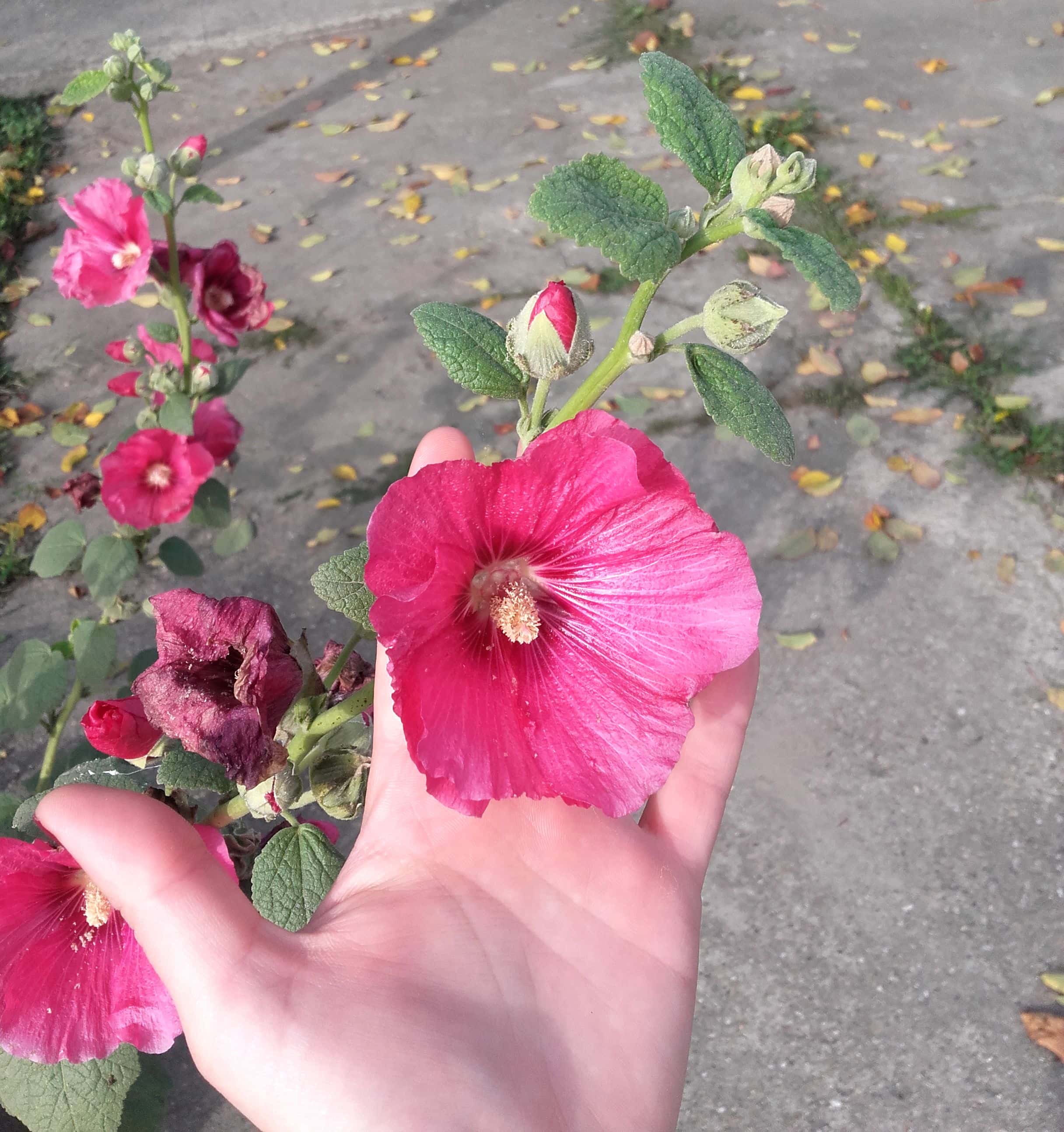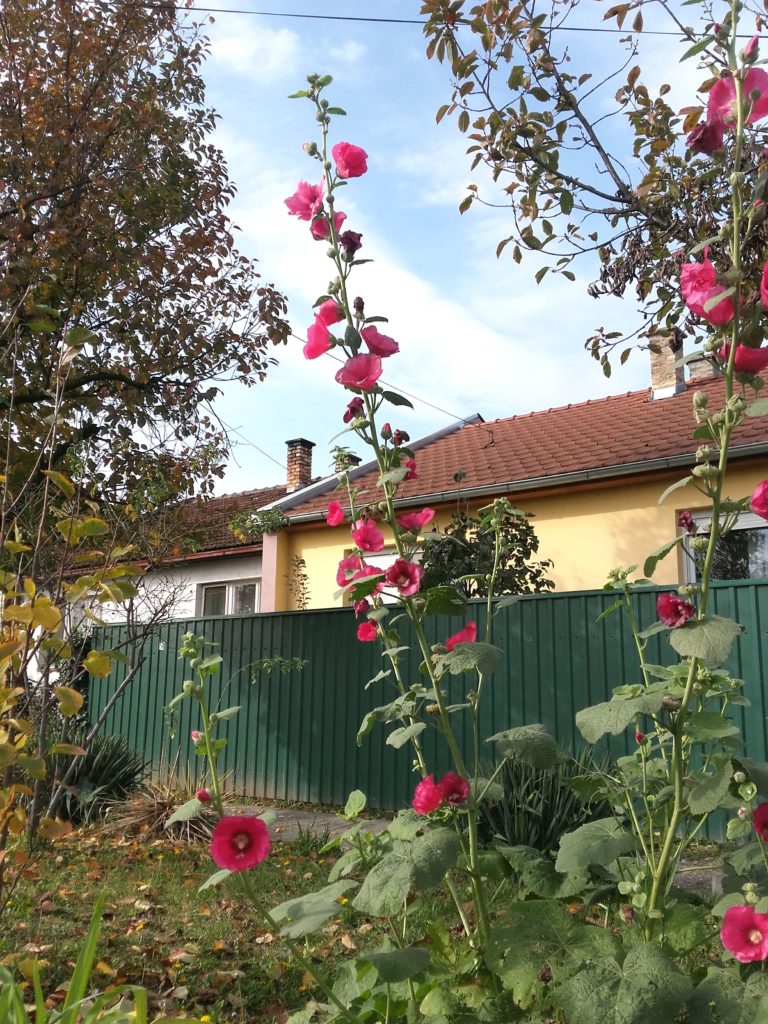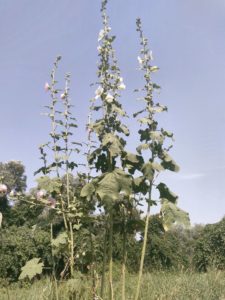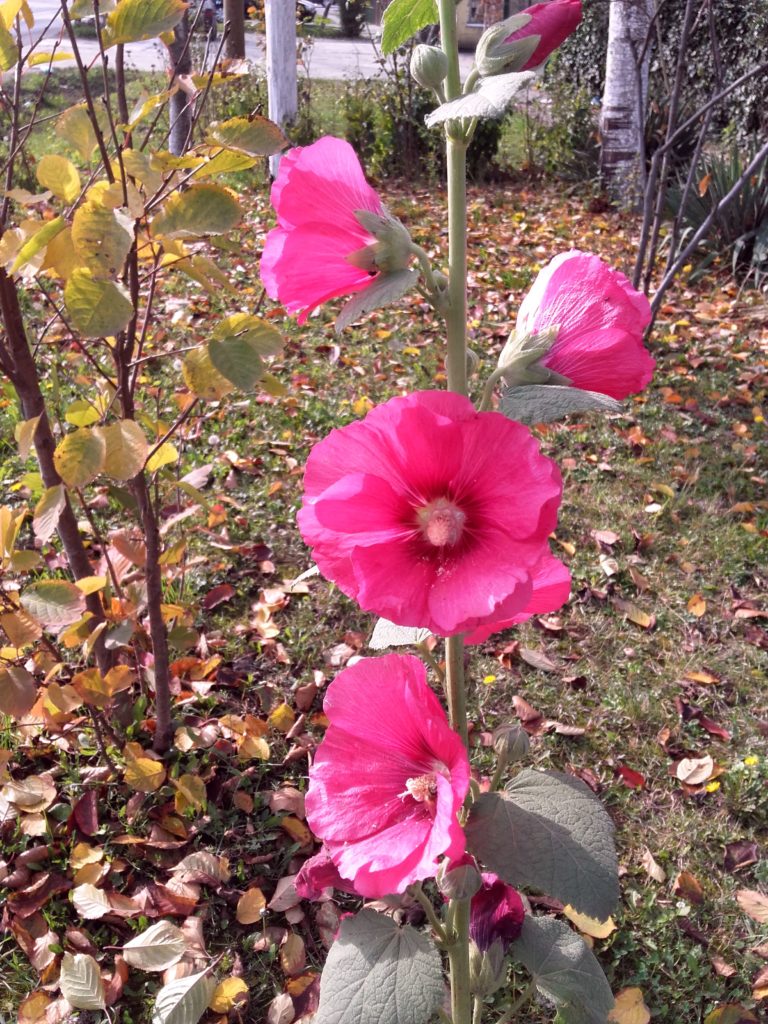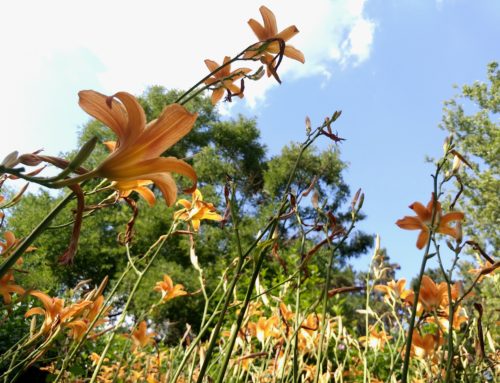Alcea rosea – Hollyhock is a true Runaway bride
Growing Alcea/Hollyhock will pay off for sure
Everyone should think outside the box – it is challenging, innovative and fun. But, when it comes to plants, expanding horizons by escaping gardens and “livin’ la Vida Loca” might be tricky. Regarding (often harsh) local ecosystems it is hard for garden plants to manage without our care. Still, Alcea can take care of itself pretty good.
Tall flowering plant, a nice girl never becoming invasive
So, some plants tend to run wild and become invasive in time, but today’s subject is one of those nice girls. As far as we know it never become invasive, only adventurous. Hence, Hollyhock accidentally beautifies our everyday life and street view, without becoming a weed.
Only a Runaway bride.

Photo by nociveglia
Althea or Alcea?
Whichever genus name (synonym) you pick, you will do right. Tall, proud, originally in white or pale rose-colored flowers, Althaea (Alcea) genus spread from gardens to ruderal habitats. It grows on neglected green areas, junkyards, peaking out of construction site fences, making us smile. Yup, they are gorgeously tall, and additionally, hybrids and commercial garden varieties come in several colors. They have yellow, dark red, even pink and light violet flower petals.
Ruderal flora and flower beds
It is part of Malvaceae family, and this genus is indigenous to Europe, North Africa, West Asia, hence abundant flowering in hot summers. In south-eastern and continental parts of Europe there are two important representatives of Alcea genus:
Althaea officinalis is a part of a spontaneous, ruderal flora
and sometimes referred to as a Marshmallow. But besides kids movies about camping and baking it on fire, it was originally used as a medicinal plant. One can ease up breathing, digesting problems, skin burns etc.
Somewhat later people started using it as ornamental plant too. It is good to know that this white-flowering perennial plant grows well on saline soils, just like Limonium sp.
Landscaping trivia
Althea rosea – common name Hollyhock is grown as a biennial plant. Flowers from July till September, in white, yellow, pink, red, purple and maroon. It can grow pretty tall, usually from 100 to 200 cm, but average height is 120 cm.
When it comes to planting in perennial flower beds, Althaea specimens should be placed in the back line. Once settled behind all the others, it will be great as a border plant, because of its height. Alcea easily creates flower drapery effect, usually alongside fences and walls.
It tolerates drought extremely well and loves sunny positions (as a requirement for bountiful blooming). Flowers are very decorative, therefore are being used as cut flowers. They can be simple, semi-full and full.
Growing technology
1 gram contains 150 seeds
Sowing: April till the beginning of May
Seed germinates in 15-20 days at 18˚C temperature.
During June and July seedlings are pricked out to beds at a 20*20 cm distance. In fall they should be replanted at 60-80 cm distance. It blossoms in the second year – from June till September.
Whichever variety you choose to grow, just keep in mind, that this plant will give it’s best in dry, sunny places blooming all summer long, making least probable places bursting with colors. Also, it will make bees and birds happy as well, so, without a doubt this lady IS one beautiful, grateful and useful tramp.
Enjoy your Althea!

